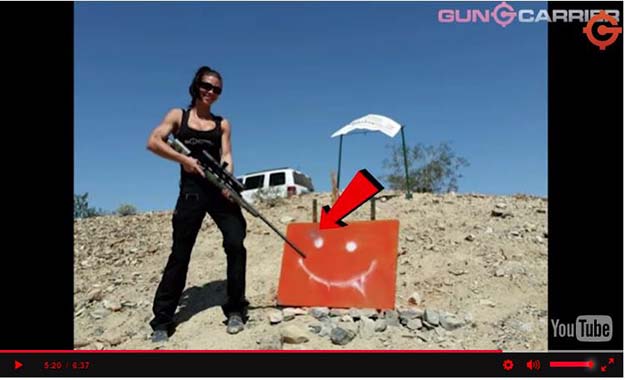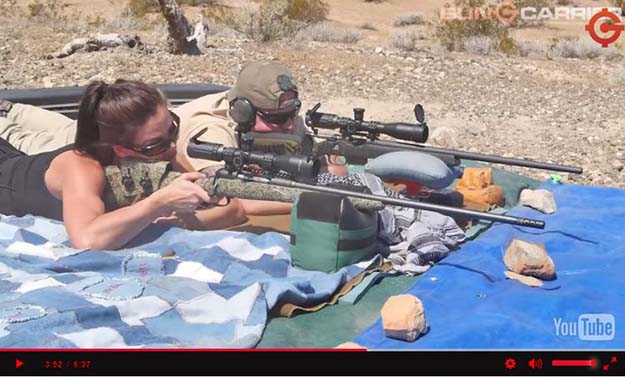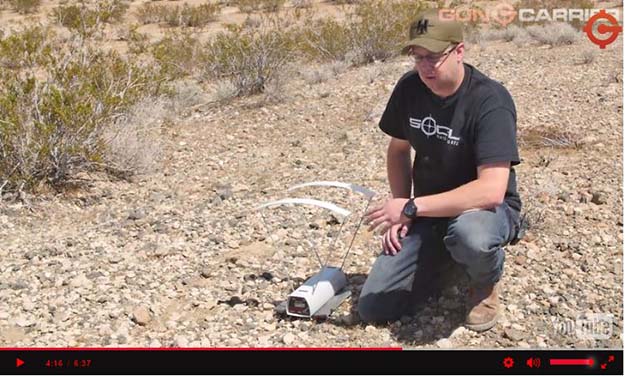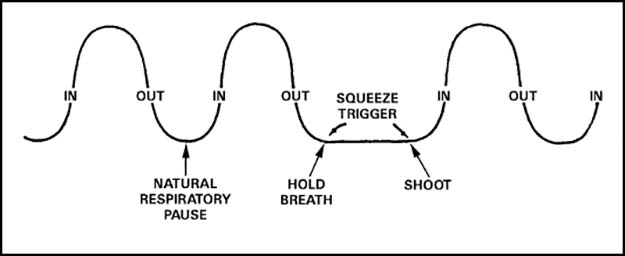Land made for you and me
The controversies that go with creating new national monuments

IN
GENERAL, any law that presidents mostly use in their second terms has
unusual power to cause rows. Take the American Antiquities Act of 1906,
giving presidents the right to protect landmarks and landscapes by
declaring them national monuments—in the process bypassing Congress,
which must approve new national parks and formal “wilderness” reserves.
Safely past his last election, Barack Obama has been using the act with a
will in recent weeks, creating a new national monument in the woods of
Maine and more than quadrupling the size of a marine monument north-west
of Hawaii, itself declared by George W. Bush during his second term. In
all, Mr Obama has created more than two dozen national monuments,
protecting more square miles of land and sea than any predecessor.
If
these actions delight some, they alarm others—notably folk who run
cattle, mine, log or otherwise exploit nature’s bounty in picturesque
bits of America. One such place is the Owyhee basin of eastern Oregon, a
remote landscape of wild rivers and vertiginous cliffs, and high desert
edged with red and pink rocks. Before Mr Obama steps down,
environmentalists, outdoor-leisure companies (including Keen, an
Oregon-based shoe-maker) and some Democratic politicians want him to
create an Owyhee Canyonlands National Monument covering as much as 2.5m
acres.
Lots of monument-backers say that their
main concern is possible oil and mineral extraction on what are today
federally owned rangelands overseen by the Bureau of Land Management
(BLM), not grazing cattle. But ranchers are deeply wary. Bob Skinner,
whose family reached the Owyhee basin in 1863, is so alarmed that, one
morning earlier this summer, he took Lexington up in his own light
aircraft on an endearingly transparent mission: to badmouth a landscape
that, deep down, he clearly loves. That’s lava from an eruption 600
years ago, Mr Skinner shouts over the Cessna’s engine, pointing to an
otherworldly expanse of crusted black rock. Terrible, razor-sharp lava,
he scowls: “Will cripple a dog in ten minutes.” A deep canyon is
“pretty”, he concedes. But as he putters 100 feet above flat,
sagebrush-scented steppes that lie beyond it, he demands: “Once you’ve
seen one mile of it, what’s more of it?” He is echoed by Larry Wilson,
an elected commissioner for the surrounding region, Malheur County, also
along for the ride. Temperatures can exceed 100 degrees down there,
says Mr Wilson: “This isn’t the kind of stuff that draws tourists.”
Should any hikers try their luck, Mr Wilson adds doomily, the county has
a tiny search-and-rescue budget. As the steppes roll on below, the men
point out dirt roads that they fear might be barred to motor vehicles in
a national monument, or creek-crossings that might be closed, forcing
ranchers on 60-mile detours. Perhaps most of all, ranchers fear that a
monument will open the door to endless lawsuits by environmental groups.
The
West has long seen arguments over land. Mr Skinner’s grandfather, as a
boy, was posted to watch for free-roaming sheep that could strip
pastures bare, until a 1934 act regulated grazing. The 1970s and 1980s
saw “sagebrush rebels” chafing against the federal government, which
owns half of all land west of the Rockies. The Skinner Ranch lies a
short drive (by Oregon standards) from the Malheur National Wildlife
Refuge, a remote spot occupied by armed anti-government militants early
this year to protest against the jailing of two local ranchers for
setting fires that spread to government property, and to challenge the
feds’ legal right to own land at all—an occupation which ended with a
protester’s death in a stand-off with FBI agents. Some Republicans,
including Congressman Rob Bishop and Senator Mike Lee of Utah and
Senator Ted Cruz of Texas, want federal lands transferred wholesale to
the states. There are eco-absolutists, too, who call ranchers crony
capitalists, exploiting too-cheap BLM grazing permits: some would ban
cattle outright from public lands.
Still, on
the ground, compromise does not sound impossible. Mr Skinner sympathises
with his ranching neighbours jailed for arson; but he has no truck with
anti-government radicals, and thinks that the BLM has every right to
exist. Nor does he think local control a panacea. Though rural Oregon is
conservative, political power resides where most people live, in such
left-leaning cities as Portland. If Democrat-run Oregon took over land
management from the feds, Mr Skinner thinks ranchers’ problems would be
“multiplied tenfold”. He also suggests that, if federal officials called
for a smaller reserve, perhaps covering 48,000 acres, many locals would
be willing to talk.
A young neighbour, Elias
Eiguren, says militants hurt the ranchers’ peaceful, law-abiding cause.
Most came from out of state, he sighs: “Those people look like us, but
aren’t us.” The local congressman, Greg Walden, walks a fine line. He
has joined fellow-Republicans in seeking to bar new national-monument
designations, but has not endorsed sweeping transfers of federal land to
the states. Mr Walden says the right way to protect precious places is
with legislation passed by Congress, to ensure individual rights are
protected from bullying, far-off majorities. Alas, a polarised Congress
has passed hardly any public-lands bills in recent years.
The rural-urban canyon
Malheur
County (population, 30,000) held a referendum in March, with 90% of
votes cast opposing a national monument. Mr Wilson thinks his county’s
wishes should weigh “very heavily”. Local voices must be “respected”,
agrees Neil Kornze, director of the BLM. But public lands are owned by
all Americans: 60m visit them to hike, camp or river-raft there each
year. Decades ago, Mr Kornze notes, his bureau’s badge showed five
working men: a surveyor, a miner, a cowboy, a logger and an oilman. Now,
reflecting public priorities, it shows a pretty mountain and a river.
Managing that change will require national, state and local leaders to
find common ground: a seemingly monumental task.















 The
ATF is backing down from new regulations that had the potential to
bottleneck ammunition production. These regulations would have
reclassified nitrocellulose, a key component of smokeless powder, as an
explosive. It seems like trying to quietly sneak regulations that will
effect ammunition past the public is becoming a regular occurrence over
at Obama’s ATF.
The
ATF is backing down from new regulations that had the potential to
bottleneck ammunition production. These regulations would have
reclassified nitrocellulose, a key component of smokeless powder, as an
explosive. It seems like trying to quietly sneak regulations that will
effect ammunition past the public is becoming a regular occurrence over
at Obama’s ATF.

 Cannon Ball (United States) (AFP) - Protesters
camping near Native American lands in North Dakota to protest the
construction of an oil pipeline clashed late Saturday with construction
company workers they blamed for destroying ancient sites.
Cannon Ball (United States) (AFP) - Protesters
camping near Native American lands in North Dakota to protest the
construction of an oil pipeline clashed late Saturday with construction
company workers they blamed for destroying ancient sites.